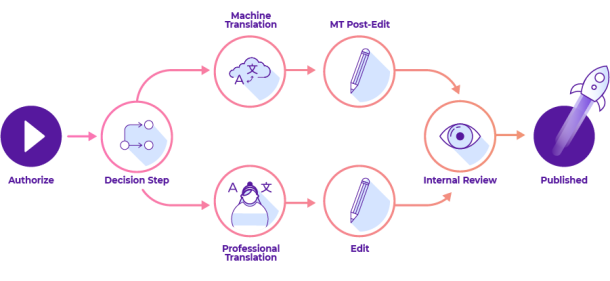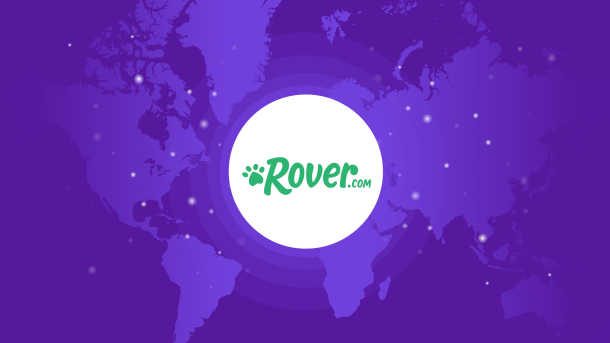You can’t manage what you can’t measure. In this three-part series, we’ll explore the data that’s desperately needed to improve modern translation management strategies.
While data describing translation speed and translation quality must be proactively sought, data describing translation cost will come to you on a predictable monthly schedule whether you ask for it or not.
Vendor invoices are helpful like that. They offer a clear and immediate indicator of how much money you’ve committed to external partners involved in the translation process.
These invoices tend to be much less helpful, however, for confirming exactly what services you paid for and how internal costs were impacted along the way. And without quantified answers to those two questions, you’ll never quite know whether you’re maximizing the value of your translation investment.
Who Profits Off Your Payments?
One factor working against cost-conscious customers is the continued lack of transparency in translation industry supply chains. In many cases, there are more intermediaries than meets the eye.
The agency charging you $0.20 per word may very well be outsourcing your project to a smaller agency that’s happy to take on the work at $0.17 per word. That secondary agency may also be passing files to a freelancer who charges $0.14 per word.
So while the $0.20 data point accurately describes what you owe, it obscures the fact that you could be paying a 43% premium on an untraceable translation that pads someone else’s profit margins along the way.
What would happen if you approached that freelancer directly, though, and presented the assignment at $0.16 per word?
Your 20% savings would be their 14% pay raise. And by enabling them to run a higher-margin business, you would simultaneously give them the space to create higher-quality products.
Although completely disintermediating the market may not always be possible in every case, that tantalizing hypothetical should be all the inspiration you need to start demanding greater transparency from your current translation provider (or start searching for one that doesn’t make you ask).
What’s Hiding In Your Invoice?
Confirm your per-word translation fee, the number of words you want to translate, and the number or languages you plan to cover. Multiply those three numbers together and you’ll still only have a ballpark estimate of your potential invoice subtotal.
Were editing and proofreading built into the initial quote? What files had to be reformatted? How were translation memory matches discounted?
When dozens of nuanced issues like these are buried in generic line items like Linguistics or Engineering, you never see the data you would need to optimize expenditure.
This black-box billing model has been exceptionally profitable for translation agencies over the years, but it was designed in an era where customer complacency was high and industry competition was low. Today, those two variables are trending in radically different directions.
Shrinking budgets are forcing localization managers to examine every dollar, tech-driven disruptors are boosting industry accountability, and the conversation is finally shifting from cost to value.
Instead of blindly accepting linguistics charges, customers should learn how each step of the workflow contributed to that total. Ballooning review costs, for example, may convince you to proactively shift investment toward preventative quality control measures.
Instead of lamenting an uncertain fee, customers should confirm exactly what activities it represents. Many mundane tasks, for example, could be completely nullified with a one-time technical fix.
In any case, translation management systems with detailed reporting capabilities now provide a powerful insurance policy against evasive vendors and unexplained expenses.
What’s The Price of Internal Effort?
Not every dollar associated with your translation strategy goes through the Accounts Payable department. How you create and publish multilingual content impacts the people on your payroll as well.
The marketing coordinators who log translation requests and verify content updates across every channel. The web developers who manually extract the desired text from the surrounding code. The bilingual accountants who unexpectedly step in as emergency Portuguese proofreaders.
None of those people would see translation listed anywhere in their job descriptions, yet many contribute their time toward making it a success. And when we consider the financial value of the activities translation takes them away from, suddenly internal effort reveals itself as a significant cost category.
Quantifying these internal expenses is the crucial last step toward becoming an educated buyer. Because while good vendors expand your capabilities, great vendors eliminate your inefficiencies at the same time.
This adage is particularly true in the translation industry, where pairing services with specialized software can help create smarter workflows that dramatically reduce future costs. But if you’re still only looking at upfront price tags, you may never win approval for the technology purchase that unlocks those long-term savings.
Learn More
Experience translation as it should be. Contact us to schedule a demo.






